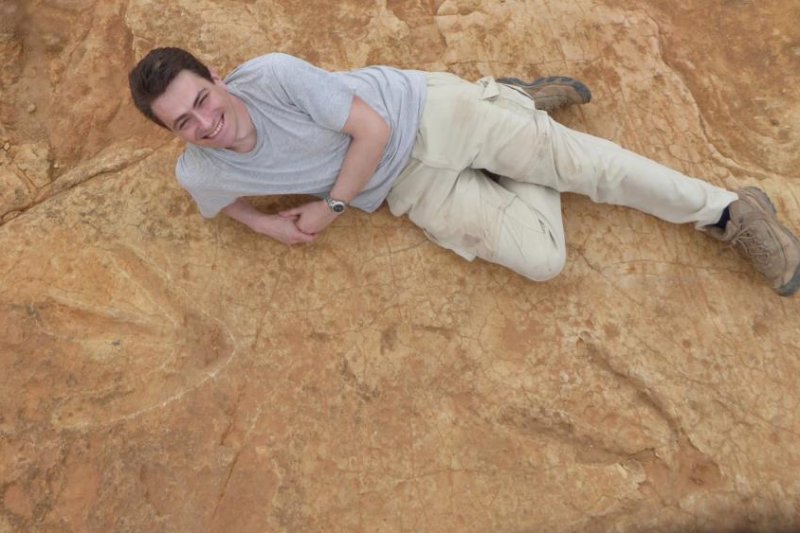Oct. 26 (UPI) -- Researchers have found evidence of a new "megatheropod" dinosaur species from southern Africa. The giant carnivore roamed the continent some 200 million years ago.
The dinosaur's presence was revealed by a set of three-toed footprints. The dimensions of the prints suggest the species, named Kayentapus ambrokholohali, measured 30 feet from head to tail and rose 10 feet at the hip.















